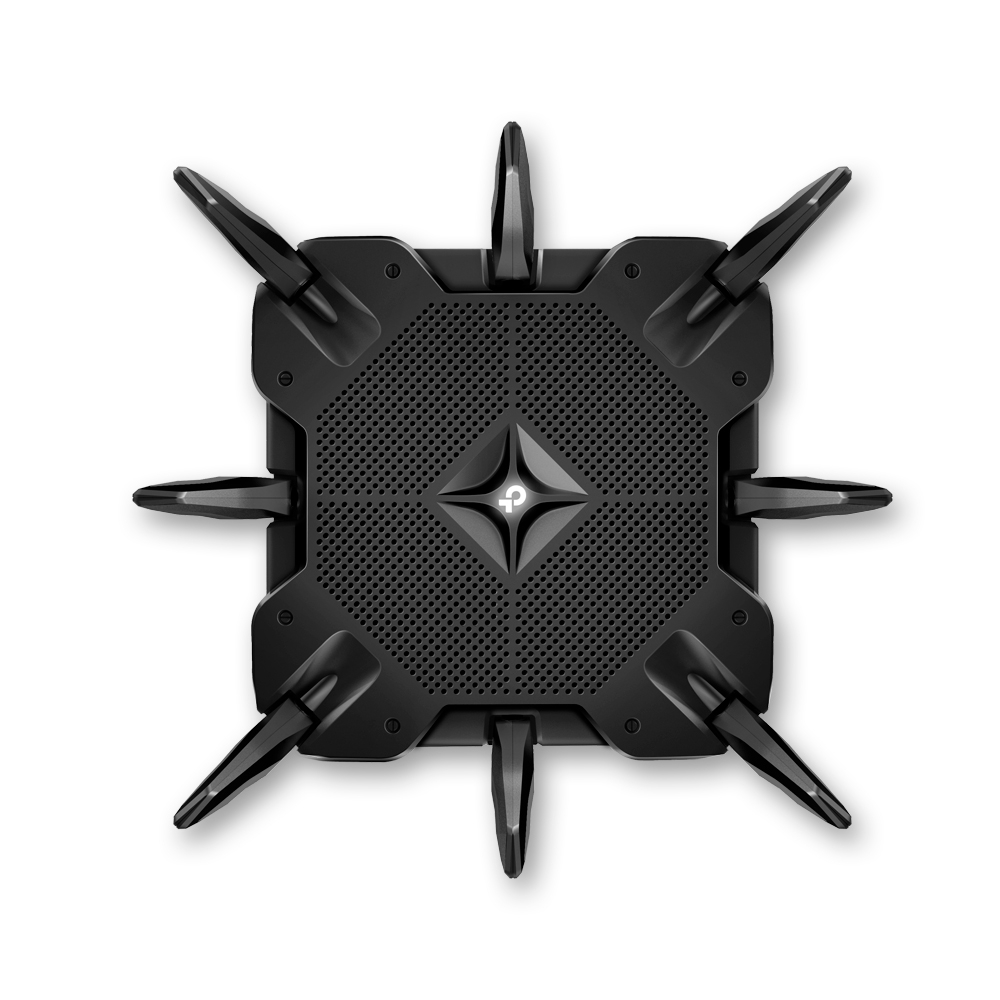
The Game Accelerator option lets you reduce latency and boost overall game speed for whatever client you select, and the Game Protector option is where you go to configure TP-Link’s HomeCare anti-malware and parental controls. On the left side of the screen is a menu that includes tabs for Game Accelerator, Game Protector, Smart Game Assistant, and Game Diagnostics. Use this panel to give a device bandwidth priority with the click of a button.

Below these three panels is a larger Device Priority panel with the names of all connected devices and their real-time data rates.
#Archer ax11000 download
It has a Network Traffic panel that displays real-time upload and download activity, a Performance panel that displays real-time CPU and memory usage, and a USB panel that shows you the status of connected drives. The Game Center button takes you to a dashboard that is loaded with tools to help you keep your network humming.
#Archer ax11000 mac
There’s also a network map that shows you how many clients are connected, and below the map is a panel that displays your Internet details (IP and MAC addresses, connection type) and another panel with SpeedTest gauges that show your Internet upload and download speeds. The console opens to a Home screen with buttons along the top labeled Network Map, Game Center, Internet, Wireless, and Advanced. The AX11000 can be controlled using TP-Link’s Tether mobile app or with the web-based console, but the web console offers more control than the mobile app and includes a Game Center dashboard. It employs the latest 802.11ax Wi-Fi 6 technology, including OFDMA (Orthogonal Frequency-Division Multiple Access ),1024 QAM (Quadrature Amplitude Modulation), Target Wake Time, WPA3 encryption, 4X4 MU-MIMO data streaming, beamforming, DFS (Dynamic Frequency Selection), and support for 160MHz channel bandwidth.

The AX11000 is a 12 stream tri-band router that is capable of reaching (theoretical) data rates of up to 1,148 megabits per second (Mbps) on the 2.4 GHz band and up to 4,804 Mbps on each of the two 5 GHz bands. Under the hood are a 1.8GHz quad-core processor, 1 gigabyte (GB) of RAM, and 512 megabytes (MB) of flash memory. The right side of the router holds a Type A USB 3.0 port and a Type C USB 3.0 port. Here you’ll find eight gigabit LAN ports, a 2.5Gb WAN port, a reset button, a power jack, and a power switch.

The rear panel is home to a bevy of I/O ports. Overall, it's a neat look, but if there's anything negative to say about this wireless router is that it's going to take up significant real estate wherever you put it. It sports eight removable non-adjustable high performance antennas and an LED indicator that glows solid white when everything is working properly, glows solid red when the router loses Internet connectivity, and glows solid orange when Wi-Fi is disabled.

At 7.2 by 11.3 by 11.3 inches (HWD) it’s bigger than the Asus RT-AC5300 gaming router (2.6 by 9.6 by 9.6 inches) and will require a good chuck of dedicated desktop real estate. With its black textured cabinet and red accented antennas, the AX11000 has gaming router written all over it. Add all that up, and you get our new Editors’ Choice for Wi-Fi 6 routers along with our previous pick, the Asus RT-AX88U. Not only did the AX11000 deliver excellent throughput and speedy file transfer times in testing but it comes with strong parental controls, a lifetime anti-malware subscription, and a game acceleration utility, all built in to a slick gamer-friendly dashboard. It also lets you see real-time latency and resource utilization so you can keep your network running at top speed. It's a little pricey at $399.99 even for a Wi-Fi 6 router, but that money gets you complete control over your gaming bandwidth. Enter the TP-Link Archer AX11000 Next-Gen Tri-Band Gaming Router. The last thing a serious gamer needs is a laggy router slowing you down.


 0 kommentar(er)
0 kommentar(er)
